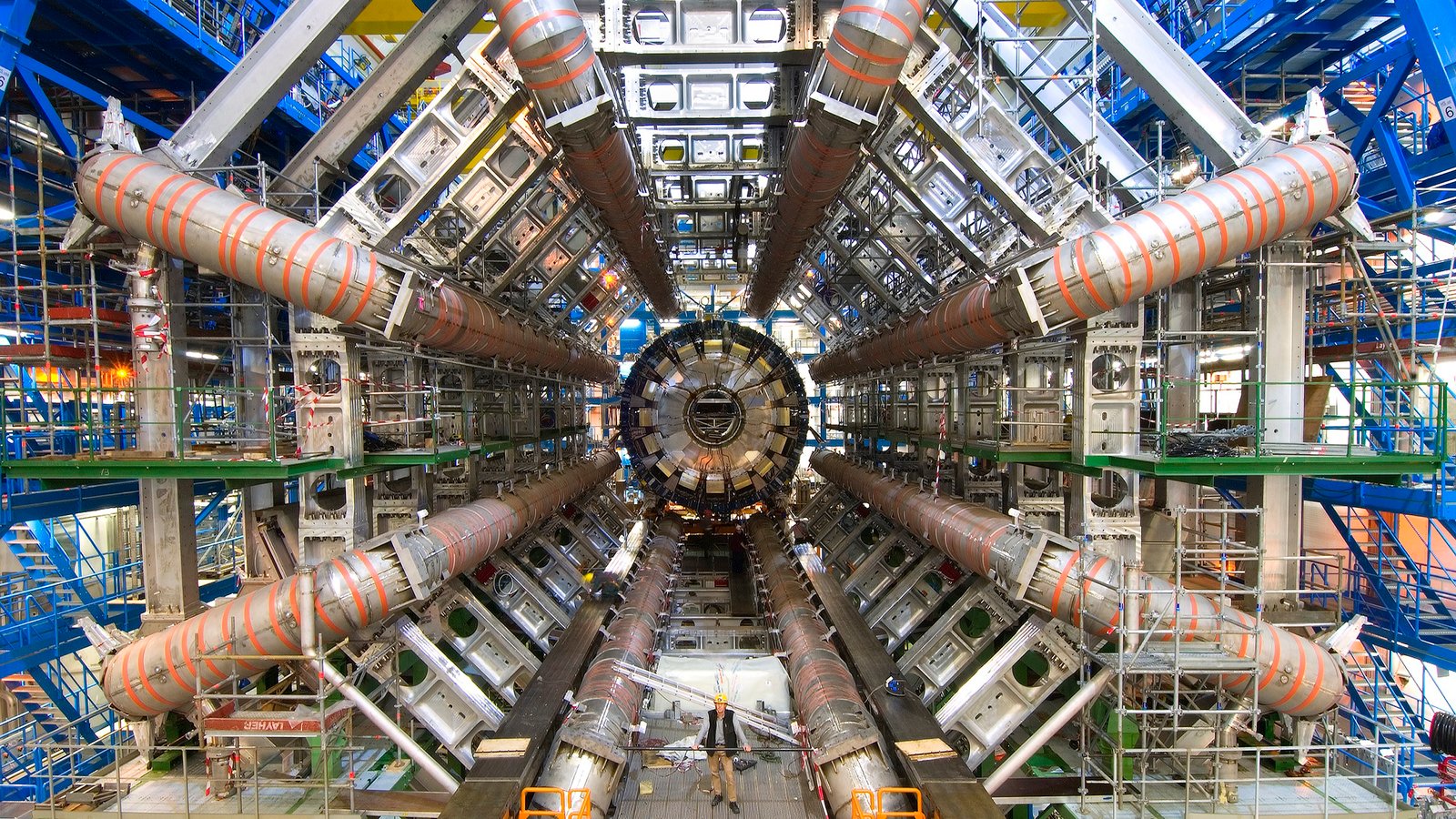The report outlines recommendations for U.S. particle physics priorities over the next two decades, along with funding considerations for the next decade.

The Particle Physics Project Prioritization Panel (P5) report, approved and released by the High Energy Physics Advisory Panel (HEPAP) to the U.S. Department of Energy’s Office of Science and the National Science Foundation’s Division of Physics, marks a significant milestone in shaping the future of particle physics in the United States.
The report, developed by a panel of around 25 distinguished scientists, including Carnegie Mellon University Professor of Physics Rachel Mandelbaum, outlines recommendations for U.S. particle physics priorities over the next two decades, along with funding considerations for the next decade.
Professor Rachel Mandelbaum expressed the privilege and responsibility of being part of the panel, emphasizing the importance of careful planning in addressing the myriad open questions in particle physics, ranging from the properties of dark matter and dark energy to the characteristics of neutrinos.
The P5 report strategically recommends that the United States concentrate efforts on three overarching themes, each pivotal for advancing our understanding of the universe:
Decipher the Quantum Realm:
- Study neutrinos and the Higgs Boson to unravel mysteries in the quantum realm.
Explore New Paradigms in Physics:
- Search for direct evidence of new particles.
- Investigate the quantum imprints of emerging phenomena.
Illuminate the Hidden Universe:
- Identify the nature of dark matter.
- Understand the drivers of cosmic evolution.
The panel further detailed specific experiments to be funded in line with these themes, representing a diverse range of cutting-edge projects:
CMB-S4 (Cosmic Microwave Background-S4):
- A next-generation ground-based telescope experiment focused on studying the cosmic microwave background.
Deep Underground Neutrino Experiment (DUNE):
- A re-envisioned second phase of DUNE, exploring the properties of neutrinos in an underground setting.
Off-shore Higgs Factory:
- A facility designed to produce Higgs Bosons, contributing to the understanding of fundamental particles.
Ultimate Generation 3 Dark Matter Detection Experiment:
A groundbreaking experiment to detect and study dark matter.
IceCube-Gen2:
- Expansion of a South Pole neutrino-detecting observatory, enhancing our ability to observe and understand neutrinos.
Carnegie Mellon’s Department of Physics, with its robust research groups in cosmology, particle physics, computational physics, and theoretical physics, is well-positioned to contribute significantly to the ongoing experiments aligned with these themes.
Scott Dodelson, professor and head of the Department of Physics at Carnegie Mellon, expressed excitement for the future of the field, emphasizing the department’s commitment to preparing students and researchers for the next frontier in particle physics. The P5 report underscores the department’s alignment with the evolving priorities of the field and the anticipation for groundbreaking discoveries in the years to come.
As the U.S. charts its course in particle physics for the next two decades, the P5 report serves as a guiding document, setting the stage for collaborative efforts, advanced experiments, and a deeper understanding of the fundamental building blocks of the universe.
The commitment to decoding the mysteries of the quantum realm and the hidden universe reflects a dedication to pushing the boundaries of scientific knowledge and solidifying the United States’ role as a leader in particle physics research.